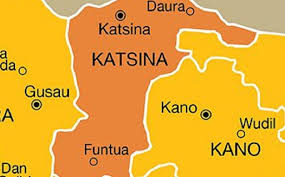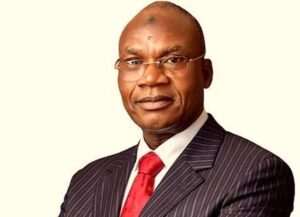
In Katsina State, a distressing incident occurred where a 14-year-old girl was divorced by her husband for receiving medical assistance from a male practitioner during childbirth.
According to reports by Vanguard, the young mother experienced complications during labor and was rushed to a hospital.
Unfortunately, there were no female medical practitioners available at the time, so she had to be attended to by the only male medical practitioner present.
Despite successfully giving birth, the husband was infuriated upon discovering that a male doctor had assisted his wife during labor, leading him to divorce her.
However, Dr. Fatima Adamu, the Executive Director of Nana Women and Girls Empowerment Initiative, raised concern over the incident while speaking as a keynote speaker at the Human Resources for Health Production Dialogue in Abuja.
She called on governments, particularly state governments, to ensure equity in the recruitment and deployment of medical personnel to rural communities.
The event aimed to revolutionize the country’s healthcare system and emphasized the need for accountability and prudence in healthcare training institutions.
Dr. Adamu, who has been advocating for increased production of nurses and midwives for over 15 years, stressed the importance of governments taking responsibility for producing their own health workers, as there are no shortcuts to addressing the healthcare workforce shortage.
Dr. Andy Omoluabi, the Country Director of USAID Health Workforce Management, also highlighted the crucial role of human resources for health in strengthening the healthcare system, especially at the primary healthcare level.
Despite the significance of these healthcare workers, Nigeria faces challenges in producing enough skilled personnel, particularly at the primary healthcare level, as mentioned by Dr. Omoluabi.
The incident involving the young girl in Katsina State serves as a poignant reminder of the importance of addressing healthcare workforce shortages and ensuring access to medical care, regardless of gender, in underserved areas.






